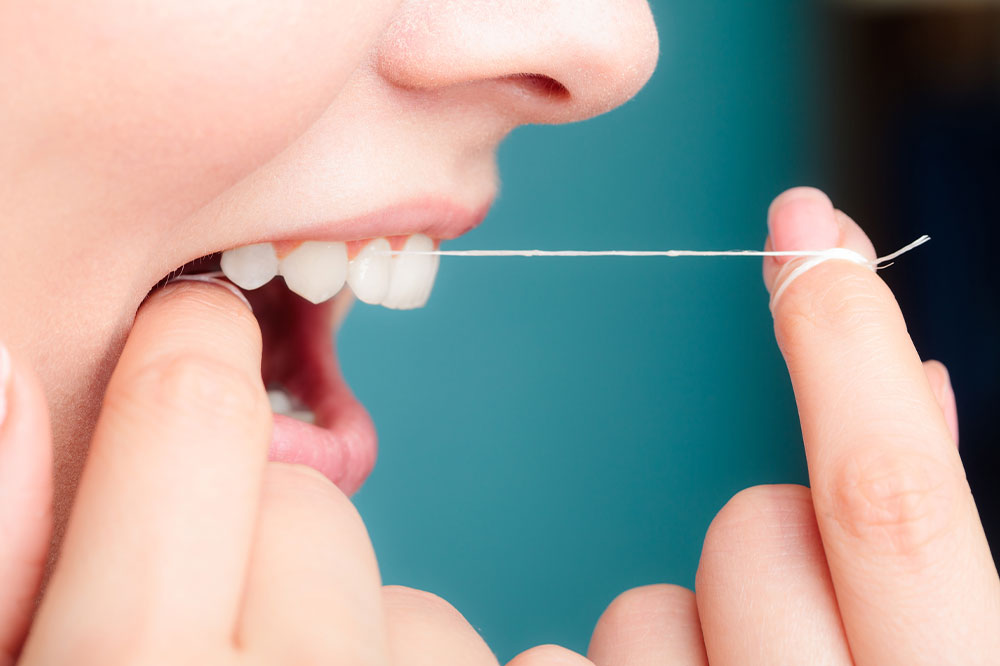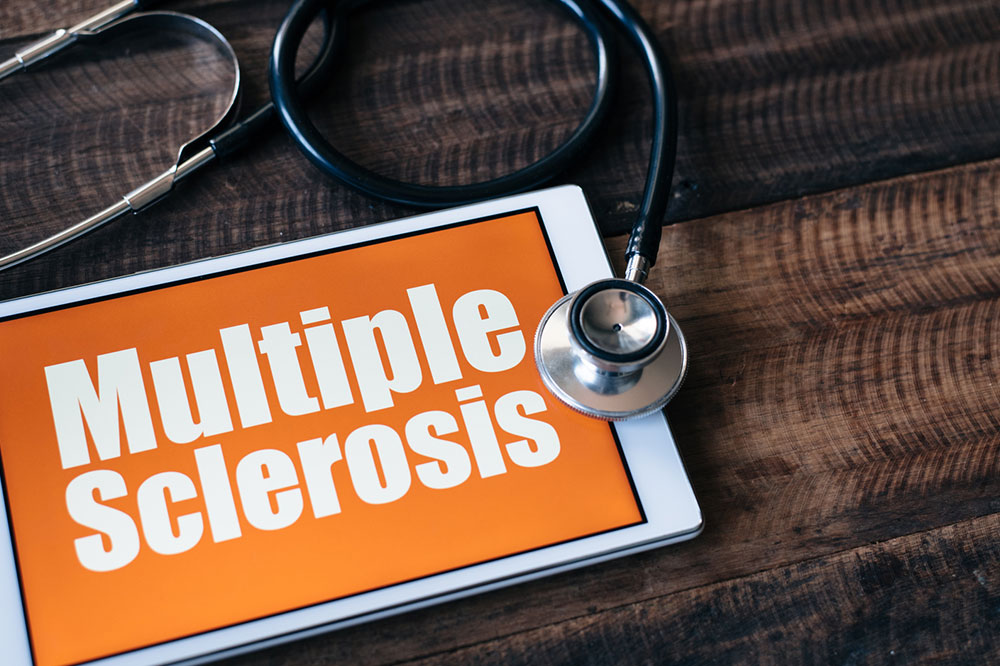
8 lesser-known facts about the liver
Considered the second-largest organ in the body, the liver plays an extremely important role in a variety of functions. It is key to the body’s metabolism; and helps burn fat and maintain body weight. It is located above the stomach and beneath the diaphragm, its size similar to that of a football. While such information is common knowledge, there are a few not-so-known facts about this organ. Read on to find out more: It is the only organ that can regenerate Unlike any other organ, the liver has the miraculous ability to regenerate and regrow, needing just 25 percent of the original tissue to do so. According to a study, evolutionary safeguards are responsible for this effect, which is a central concept behind liver transplants. It is the body’s detox center The liver filters everything we eat and drink, ridding the body of the materials that are not meant for it. It first burns toxins using enzymes and oxygen. This is followed by the second step, which combines toxins with amino acids that are later flushed out through urine or bile. It is multifunctional Identified as one of the most complex organs in the body, the liver performs hundreds of vital functions.
Read More 










